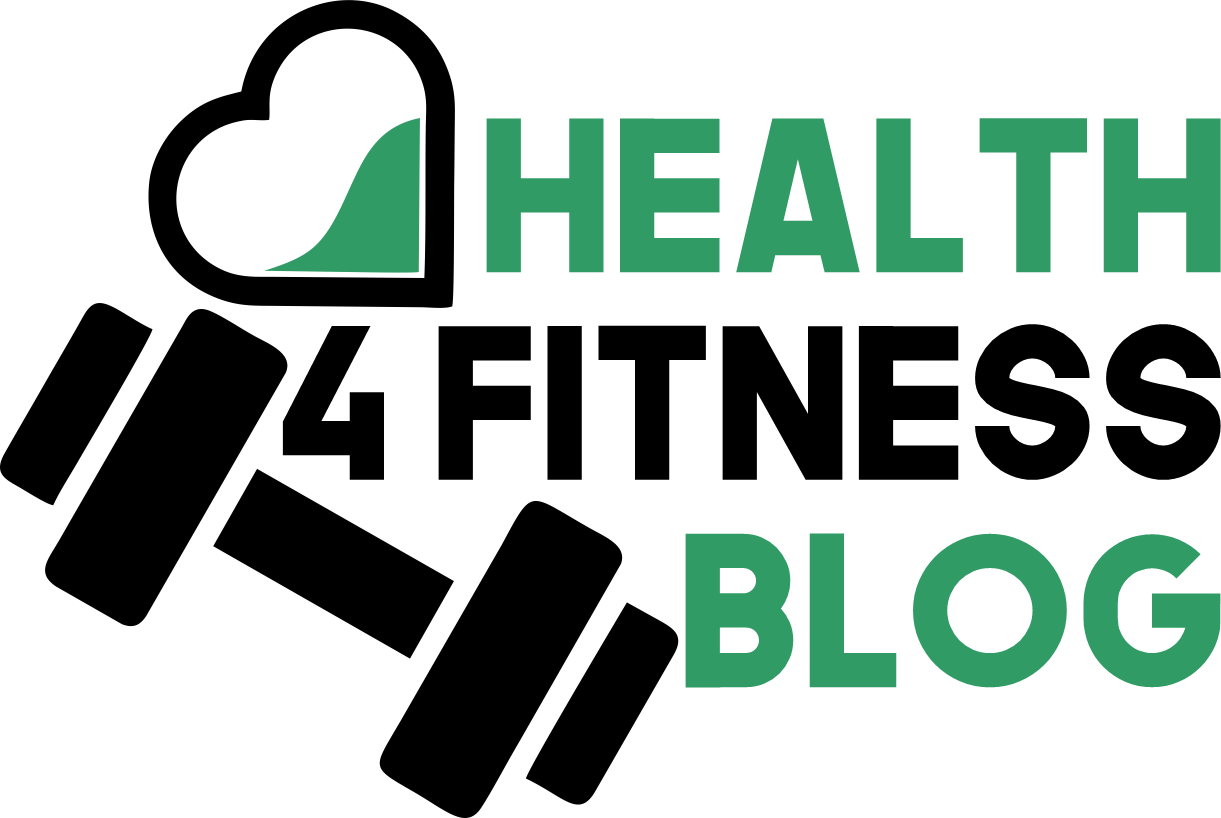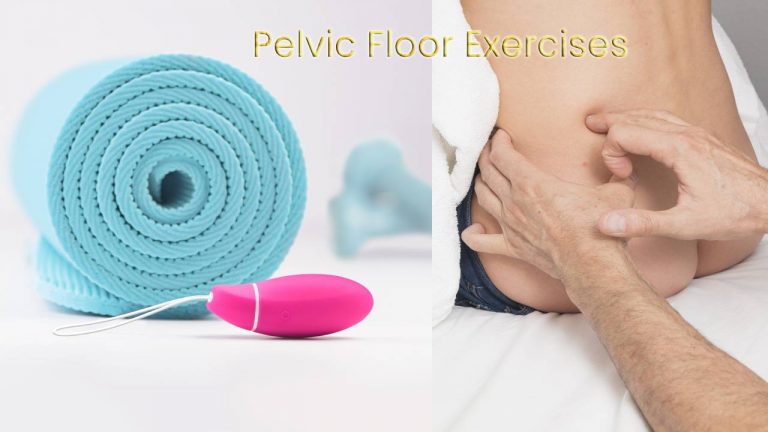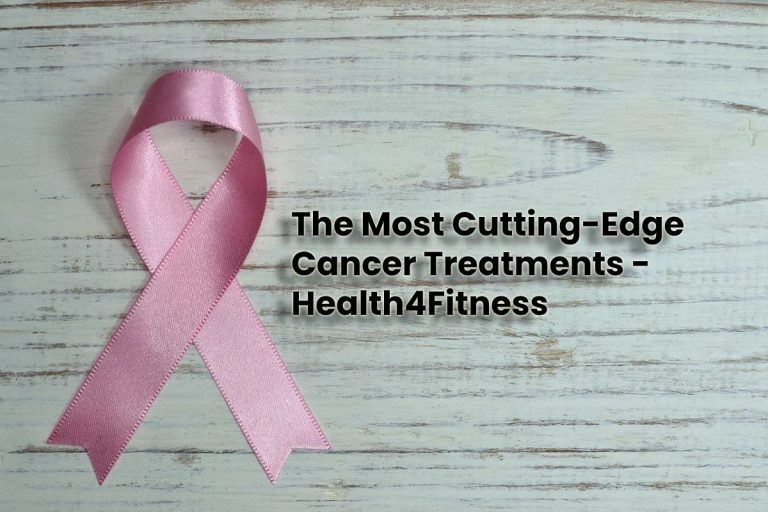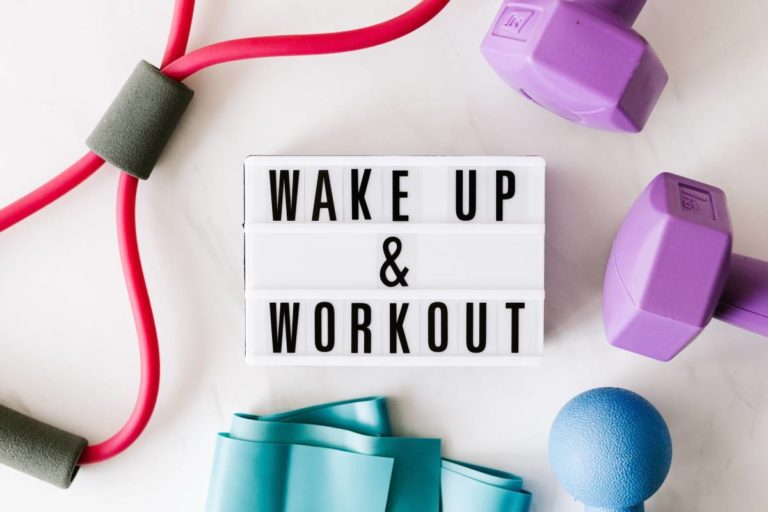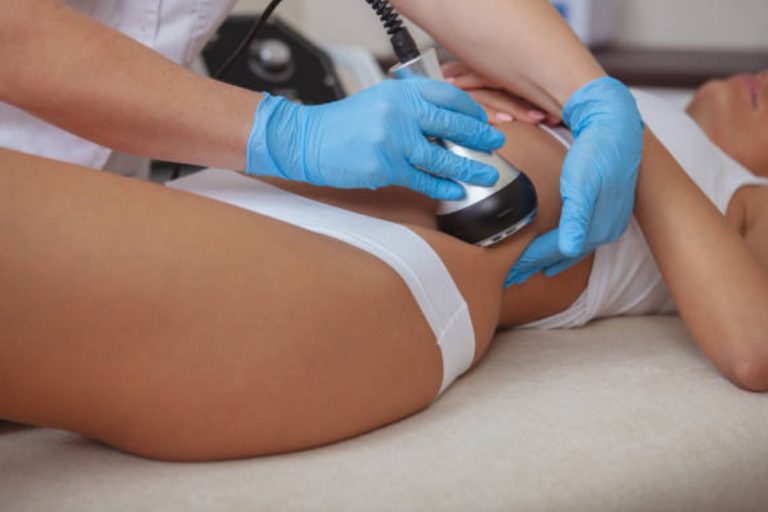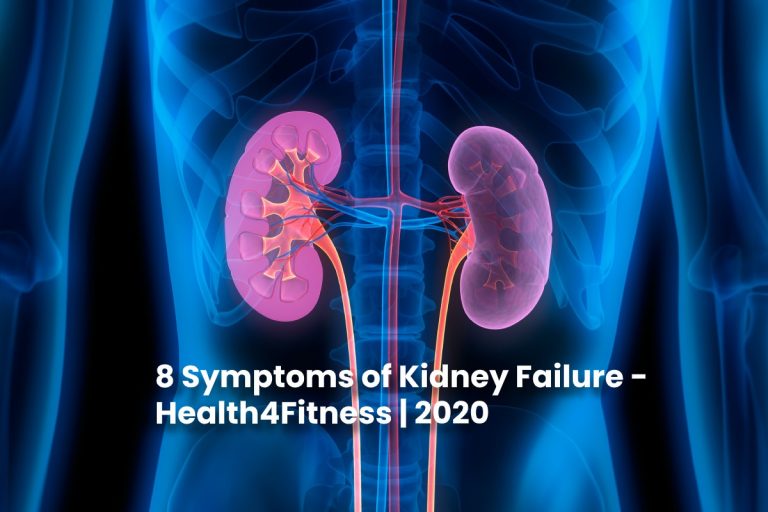Strengthening the pelvic muscles can help prevent the development of disease while improving the quality of sexual life. We share the most recommended exercises.
Exercises to improve the pelvic floor suggest a workout that helps increase the strength of muscles located under the uterus, bladder, and large intestine.
Even though they are a therapeutic instrument against certain illnesses, some apply them as supporters for sexual pleasure.
These practices have used since ancient times in many cultures around the world.
On the other hand, its fame began to grow only since the last century, thanks to the contributions of Dr. Arnold Kegel, who highlighted them as an in effect muscle therapy.
Today, they are included in many regular exercise routines, as they have exciting benefits for both the body and intimate life.
Besides, they are suitable for men and women and practiced anywhere.
Do you dare to try them?
Benefits of doing exercises to develop the pelvic floor
The training of the pelvic floor muscle or pubococcygeal muscle has gained much importance in recent years.
Since many factors tend to weaken it, a wide variety of activities designed to help strengthen it.
Although their main objective is to prevent and treat diseases such as urinary and fecal incontinence, they also provide other outstanding benefits.
They recommended improving the quality of sexual life and as a support for health before and after delivery.
In summary, the reasons for doing these exercises are:
- Greater control over the sphincters.
- Recovery of the tone of the pelvic muscles.
- Lower risk of complicated deliveries.
- Reduced risk of prolapse(outflow of organs such as the uterus and bladder).
- Better performance and more pleasure during sexual intercourse.
Recommended exercises to improve the pelvic floor
As with other muscles in the body, those located on the pelvic floor require “training” to stay toned and healthy.
Many of the exercises that recommended today developed by the American gynecologist Arnold Kegel.
However, some have been ‘readjusted’ or perfected with different techniques. Besides, other types of activities that provide similar benefits have also added.
Let’s review the most important ones below:
Kegel exercises
To start this simple routine, we propose to do one of the basic Kegel exercises.
As we said, there are several methods to do them, since over the years their postures and techniques have been varied.
What should you do?
- Sit cross-legged on the floor or a comfortable surface like a yoga mat.
- Contract the muscles of the pelvis, vagina, and anus as much as you can.
- Maintain the tension for 3 to 5 seconds and completely relax the body.
- Perform between 10 and 12 repetitions, combining them with a deep breath.
Buttock Bridge
One of the essential exercises in a routine to improve the pelvic floor is the buttock bridge.

This activity helps to tighten the buttocks, but also focuses on the work of the pelvic floor, strengthening the sexual organs.
What should you do?
- Lie on your back.
- Put your arms at your sides, and bend your knees.
- Rise your pelvis toward the ceiling so that your body is off the ground.
- Contract your abdominal and gluteal muscles, and hold the position for 5 seconds.
- Return to the field and perform 15 repetitions.
Leg lifts
The posture that acquired in this exercise improves the pelvic floor and strengthens the abdominal wall and buttocks. However, to achieve a good effect, it is essential to tighten the body while doing it.

What should you do?
- Lying on your back, with abdomen contracted, raise your legs on the way to the ceiling with a slow movement. You can lift each one after the other or together at the same time.
- Keep your legs straight to hold the pressure for some seconds.
- Return to the initial position and do 15 repetitions.
V-crunches
The abdominals in V is a slightly more advanced version of the classic exercise for the stomach.

Although they require a little strength and balance, they are ideal for improving the pelvic floor and increasing endurance when having sex.
What should you do?
- Lie on your back on the mat, your arms at your sides and your legs straight.
- Next, contact your abdomen and bendyour knees to form a 45º angle with your legs and hips.
- Raise the trunk, so that the entire body is creating a V.
- Return to the initial position slowly and make sure of 12 repetitions.
In summary
Consistent practice of these workouts to improve the pelvic floor is an in effect measure to avoid loss of control over the sphincters and some sexual dysfunctions.
Best of all, they practiced in minutes without the need for professional tools.
